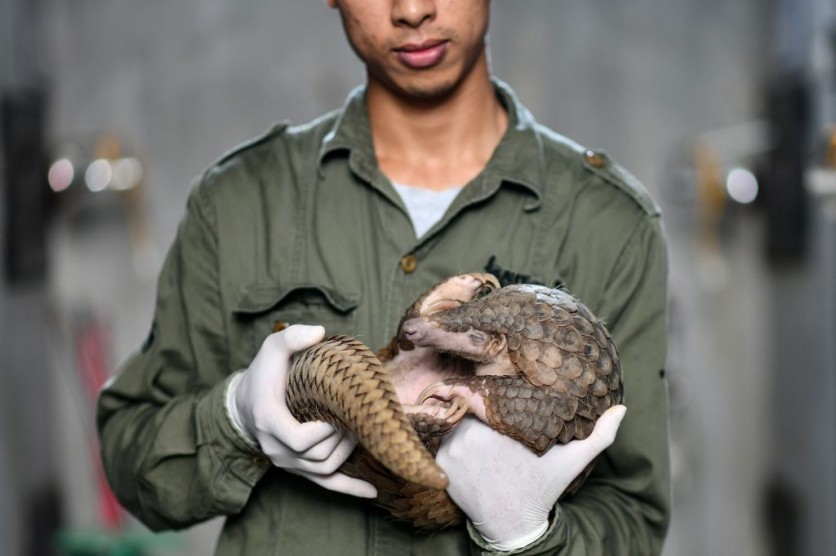Australia is well-known for having some of the most unique and diverse animals on the planet, but this also serves as a disadvantage as it has become a hotspot for illegal wildlife trafficking.
Current methods for locating wildlife that has been unlawfully smuggled include the use of biosecurity dogs, X-ray scanning, and physical border security detections, according to a story by Cosmos Magazine.
But Australian scientists have recently learned that 3D X-ray technology and artificial intelligence (AI) algorithms can also be used to detect wildlife trafficked and concealed in luggage or any cargo.

For three categories of wildlife: lizards, birds, and fish, the team developed a 3D-scanned "reference library" that they used to train artificial intelligence algorithms in recognizing the animals.
The AI identified animals 82% of the time with a false hit rate of just 1.6%.
The study that just came out in the journal Frontiers in Conservation Science Human-Wildlife Interactions is the first to demonstrate how 3D x-ray CT scanning technology can be used to protect wildlife.
Stopping the importation of wildlife into Australia safeguards the nation's distinctive natural environment from foreign pests and diseases, according to Sam Hush. He claims that taking animals out of the wild puts risks on the conservation of the species, habitats, local populations, and ecosystems.
Hush is the acting Assistant Secretary for Environment Compliance at the Department of Climate Change, Energy, the Environment and Water (DCCEEW).
3D X-ray CT Tech
The research team utilized 3D X-ray CT technology with Real Time Tomography (RTT) during the study. This technology creates a succession of image cross sections through an object, in this case, an animal-using, X-rays.
These images can then be modified to generate a 360-degree representation of the object, as per Cosmos Magazine.
An explosive detection screening system presently in use at international crossings, as well as in airports and postal freight facilities all over the world, was employed to scan dead animals.
The collection had 294 scans of animals from 13 different species in various situations, ranging from an animal on its own to more intricate and realistic trafficking scenarios. These scans were then used to train AI systems to identify the animals.
Protecting Australia's Biosecurity
According to Dr. Chris Locke, Deputy Secretary of the Biosecurity and Compliance Division at DAFF, illegal wildlife trafficking poses a serious biosecurity concern to Australia since it may introduce pests and diseases that could impact the environment as well as human and animal health.
He claims that their study reveals the 3D x-ray algorithm's limitless potential for preventing the trafficking of exotic wildlife and defending Australia's agricultural sectors and distinctive natural environment from foreign illnesses and pests.
"This innovative technology is an invaluable complementary platform to our existing biosecurity and wildlife detection tools at Australian international borders, with potential worldwide applications in the future," Locke said in a statement.
Related Article : 'AI Fish-Identifying Gate:' This AI-Powered System Prevents The Rise of Invasive Fish Species In Waterways
This article is owned by Tech Times
Written by Joaquin Victor Tacla
ⓒ 2025 TECHTIMES.com All rights reserved. Do not reproduce without permission.




